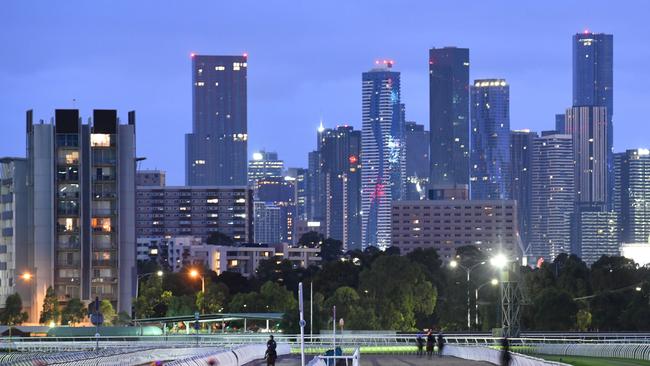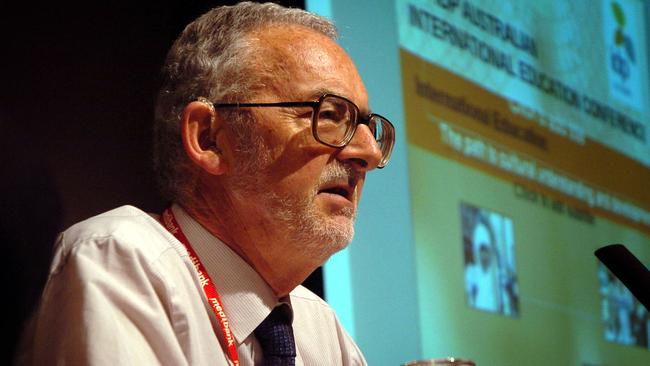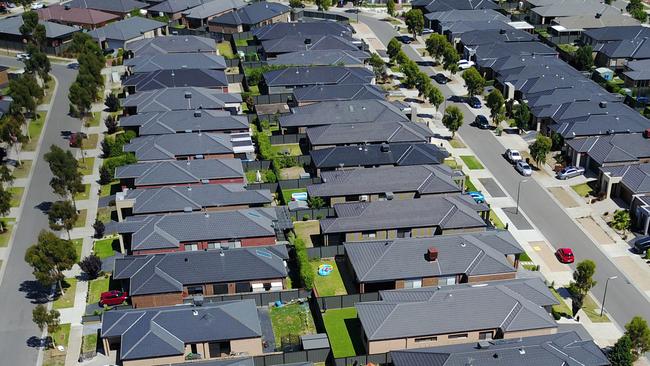Melbourne still nation’s biggest growing city amid high migration
Melbourne is again the nation’s fastest growing city amid huge migrant intakes and one southeast suburb had the biggest growth of any Australian locality. But a population expert has warned the city’s liveability will suffer.
VIC News
Don't miss out on the headlines from VIC News. Followed categories will be added to My News.
Melbourne is again the population growth capital of the nation, adding more than 113,000 people last year.
The city grew by 2.3 per cent in 2018-19 to have almost 5.08 million people as of June 30 last year, says a new ABS report Regional Population Growth Australia.

The outer southeast suburb of Cranbourne East had the biggest growth of any Australian locality, with 7800 more people.
While the honour of highest growth rate went to the northern locality of Mickleham-Yuroke, which recorded a massive 52.5 per cent jump in 2018-19.
Melbourne is fast catching up to Sydney’s population, with the harbour city adding only 87,100 last year for a population of 5.3 million in mid-2019.
Given current trends, Melbourne is expected to become the nation’s biggest city in about five years.

Australian Population Research Institute director Dr Bob Birrell said that Melbourne was powering ahead because of high overseas migration, and also net gains from interstate migration while Sydney was losing about 25,000 people a year to other states.
“Melbourne is battling with big numbers and they are piling on top of the existing crush,” he said.
“As far as coping with congestion, we are running hard, but because of the migrant influx were are making no progress.”
Dr Birrell said that the migrant presence was most felt in areas like the central city, middle ring suburbs like Glen Waverley and Box Hill, and outer western areas like the City of Wyndham.
ABS demography director Beidar Cho said the number capital city residents across Australia rose by by 303,100 in 2018-19.

”Capital city growth accounted for 79 per cent of Australia’s total population increase in the year ending 30 June 2019,” he said.
”Just over 17 million people now live in the capitals.”
The report said that Brisbane had the second highest growth rate of any capital, growing by 52,600 to reach 2.51 million; Perth by 27,400 to 2.08 million; Adelaide by 13,900 to 1.36 million; Canberra by 6300 to 426,700; Hobart by 3400 to 236,100.Darwin lost 110 residents to have 147,300 people.
MORE NEWS
DEATH TOLL RISES AS MORE VICTORIANS FIGHT FOR LIFE
WEALTHIEST SUBURBS REVEALED AS VIRUS HOTSPOTS
